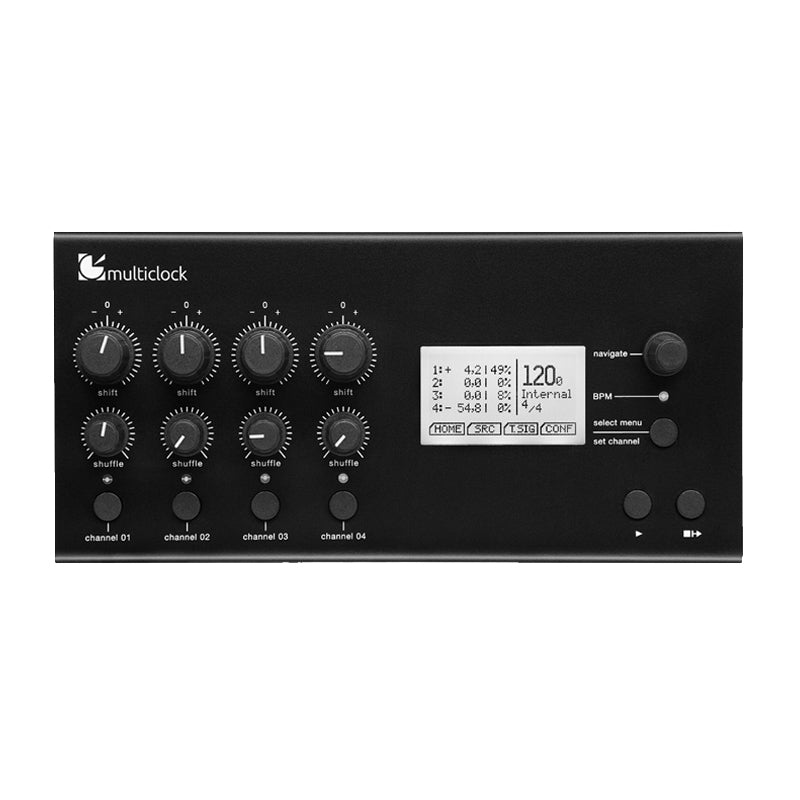

These coordinated single-cell oscillations are therefore synchronised in phase what results in a robust endogenous rhythmicity at the whole structure level. An ‘autonomous oscillator’ displays molecular and electrophysiological rhythms that are strongly synchronised amongst its single cells due to highly-functional connectivity within the structure. These circadian timekeeping centres vary in the degree of their autonomy ( Guilding and Piggins, 2007 Paul et al., 2020 Chrobok et al., 2021c). With the discovery of intrinsic clock gene expression in several extra-SCN brain nuclei, from the olfactory bulb ( Abraham, 2005), through thalamic ( Chrobok et al., 2021a), epithalamic ( Guilding et al., 2010), hypothalamic ( Guilding et al., 2009) and midbrain regions ( Chrobok et al., 2021b), all the way to the hindbrain ( Kaneko et al., 2009 Chrobok et al., 2020), it is now believed that at least a part of the rhythmic control of homeostasis must be devolved to such local clocks. However, evidence accumulating over the last 2 decades questions the supremacy of the SCN ( Yoo et al., 2004 Guilding and Piggins, 2007 Paul et al., 2020). Historically, the suprachiasmatic nucleus of the hypothalamus (SCN) has been considered the only, master circadian clock which governs all rhythmic changes in physiology and behaviour occurring at a daily timescale. Here, we place the dopaminergic system as a hub in the extensive network of extra-SCN circadian oscillators and discuss the possible consequences of its daily entrainment for animal physiology and behaviour. Some of these structures themselves are relatively autonomous oscillators, while others exhibit a weak endogenous circadian rhythm synchronised by the SCN.

Previous studies have shown that the information about the value and salience of stimuli perceived by the animal is encoded in the neuronal activity of brain structures innervating midbrain dopaminergic centres.

Thus, circadian changes in the activity of the dopaminergic system and concomitant dopamine release observed on a daily scale are likely to be generated both intrinsically and entrained by the master clock. Additionally, growing evidence show that the master circadian clock located in the suprachiasmatic nucleus of the hypothalamus (SCN) rhythmically influences the activity of the dopaminergic system through various intermediate targets. These processes cause dopamine levels released in structures innervated by midbrain dopaminergic neurons (e.g., the striatum) to oscillate in a circadian fashion. While endogenous circadian rhythms are weak in the ventral tegmental area and substantia nigra pars compacta, daily changes in expression of core clock genes, ion channels, neurotransmitter receptors, dopamine-synthesising enzymes, and dopamine transporters, accompanied by changes in electrical activity, are readily observed in these nuclei. Level of motivation, responsiveness to rewards and punishment, invigoration of exploratory behaviours, and motor performance are subject to daily fluctuations that emerge from circadian rhythms in neuronal activity of the midbrain’s dopaminergic system.


 0 kommentar(er)
0 kommentar(er)
